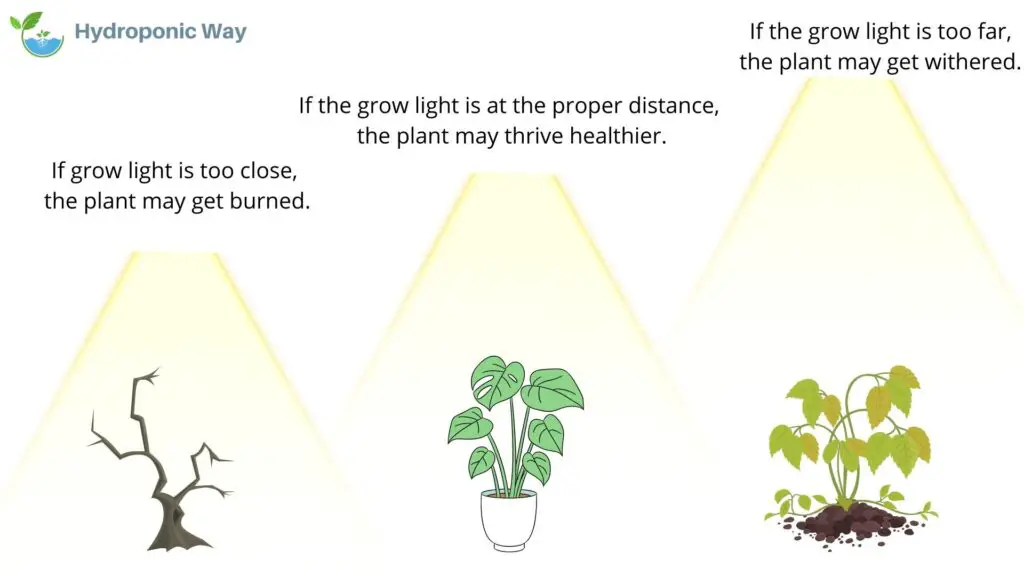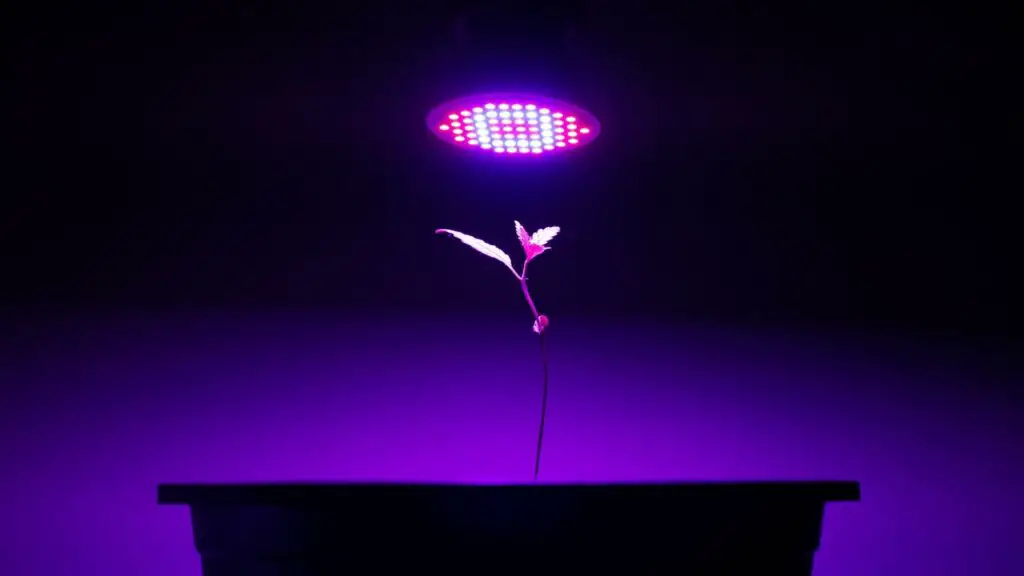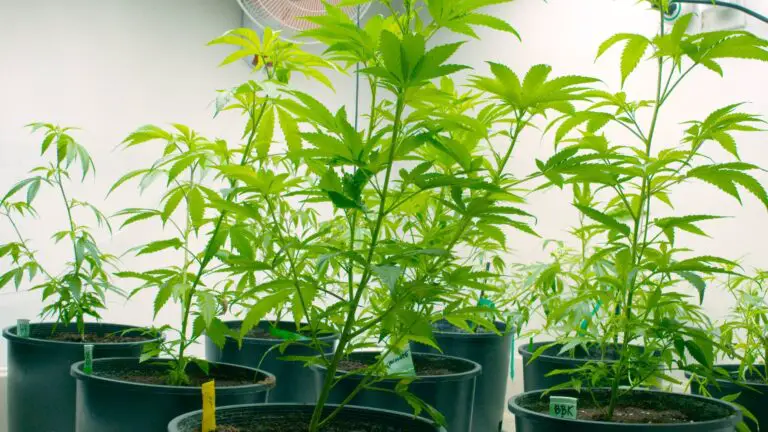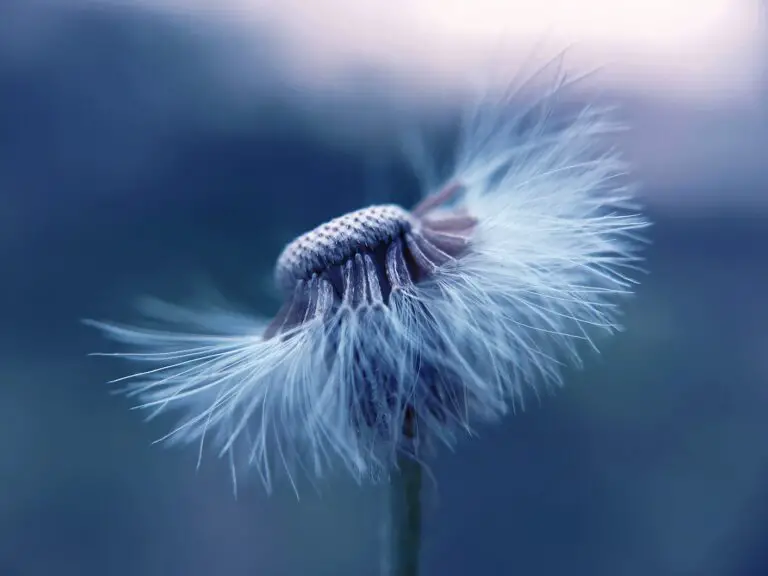How to Use Your Hydroponic Grow Lights More Energy Efficient
Disclosure: Your purchases through our links may earn us a small commission, supporting our site’s ability to provide valuable information to our readers. Rest assured, it won’t impact your price. Thank you for your support.
If you’re using hydroponic grow lights, then you know that they can be a bit energy-intensive. However, there are ways to use them more efficiently and reduce energy costs. This blog post will discuss some of the best ways to do this.
In this blog post, we will discuss fourteen ways to reduce the power used by hydroponics systems. Also, we provide helpful advice to ensure grow lights are being used efficiently so that everyone spends wisely without overdoing things themselves or wasting resources in any way possible. So read on to save money on your energy bill.
What Are the 14 Energy-Efficient Measures When Using Grow Light in Hydroponics?
Here are a few energy efficiency tips to follow when using grow lights in hydroponics:
1. Place your grow light as close to the plants as possible without burning them.
Each grow light should be no further away than 18″ -24″ from the top of the plant canopy. The closer the light is to your plants, the more energy-efficient it will be. But be careful not to place the light too close, or you may burn your plants.

2. Make sure the light is aimed directly at the plants.
Grow lights should be aimed directly at the plant canopy, not the walls or floor. This will help ensure that all of the light is being used by the plants and that none is wasted.
Related: Do Grow Light Colors Matter? The Surprising Science of Plant Lighting

3. Use reflective surfaces to direct light towards the plants.
Reflective surfaces like mylar or aluminum foil can direct light toward the plants. This will help increase the amount of light reaching the plants and make the grow light more energy efficient.
Aluminum foil is an inexpensive way to reflect light onto your plants. Simply line the inside of your grow room with foil, and place your grow light so that it reflects off the foil and onto the plants.
Mylar is more expensive, but it is more durable and will last longer than foil. You can purchase mylar sheets at most gardening stores.
Both aluminum foil and mylar are great options for reflecting light onto your plants and making your grow light more energy efficient.
Click here this affiliate link if you are looking for a grow light reflector to buy.

4. Keep the light cover clean so that the light shines through properly.
If you want your grow light to be energy efficient, ensure that the light cover is clean. A dirty light cover can block out some of the light, which will make your grow light less energy efficient. To clean the light surface, wipe it down with a damp cloth.
If your grow light has a reflector, make sure it is clean and polished. A dirty or dull reflector can reduce the amount of light that reaches your plants by as much as 30%.
Keeping your grow light cover clean is an easy way to reduce energy costs.
5. Use a timer to control when the grow light is on.
Make sure your grow light is on a timer, so you’re not wasting energy by leaving it on all day/night. Using timers, you can ensure that your lights are only on when needed, saving you significant energy. Timers are especially useful if you’re growing plants that don’t need a lot of light, such as some types of herbs.
Click here this affiliate link if you are looking for a grow light timer to buy.
6. Replace your old grow lights with energy-efficient LED or any energy-saving grow lights.
LED lights are much more energy-efficient than traditional incandescent bulbs and last much longer. This means you won’t have to replace your lights often, saving you money in the long run. LED lights are also cooler than traditional bulbs, so they won’t add heat to your grow room. This can help keep your plants healthy and reduce the energy needed to cool your grow room.
If you tend to replace your inefficient grow light, learn how to dispose of a grow light used for hydroponics properly.
Related:
VIVOSUN LED Grow Light (1200W) For Indoor Plants: Simplified Review
Cheap Grow Lights Alternatives Used in Indoor Hydroponics
7. Use a light controller to dim or turn off your grow light when it’s not needed.
Using a light controller, you can dim your grow light when it’s not needed or turn it off completely. It controls the intensity of your grow light. By reducing the intensity of your grow light, you can reduce the energy it uses without affecting the quality of your plants.
Click here this affiliate link if you are looking for a grow light controller to buy.
8. Install thermal insulation around your hydroponic system
This will keep the heat in during the winter months and out during the summer months.
In winter, you can use heat from your grow lights to help keep your plants warm. You can reduce the energy needed to heat your grow room by installing insulation around your hydroponic system. In summer, insulation can help keep the heat out of your grow room and prevent your plants from getting too hot.
Thermal insulation is a great way to reduce energy costs all year round.
These posts may useful for your gardening process
11 Steps to Choosing the Right Fan for your Hydroponic Grow Rooms
9. Choose a suitable position for your hydroponic system.
Position your hydroponic system in an area that receives plenty of natural sunlight during daylight hours.
If you can position your hydroponic system in an area that receives plenty of natural sunlight, you can reduce or eliminate the need for artificial grow lighting. This will save you a significant amount of energy and money.
However, not all plants need direct sunlight to grow. Some plants, such as herbs and leafy greens, do well in indirect sunlight. So if you’re growing plants that don’t need direct sunlight, you can still save energy by positioning your hydroponic system in an area that receives indirect sunlight.
Indirect sunlight is just as good as direct sunlight for some plants!
10. Monitor your electricity usage regularly and adjust your growing habits accordingly
Monitoring your electricity usage is a great way to see how much energy your hydroponic system uses. This information can help you adjust your growing habits to reduce energy costs.
You can ensure you’re not wasting energy by monitoring your energy usage.
11. Make sure to keep an eye on your grow light’s temperature.
If your grow light gets too hot, it will not only be less energy efficient but can also damage your plants. Keeping your grow light at the proper temperature is crucial for energy efficiency and plant health.
12. Block out light from other sources.
If you have grow lights in your hydroponic system, you need to ensure that they are the only source of light for your plants. Light from other sources, such as windows or overhead lights, can interfere with the growth of your plants. You can use blackout curtains or black plastic sheeting to block light from other sources.
Blackout curtains and black plastic sheeting are great ways to reduce energy costs by blocking out light from other sources.
Related:
Grow Light vs. Sunlight
Grow Lights vs. Regular Lights: Which is Best for Your Plants?
13. Make sure the light is turned off when you’re not using it.
Use your hydroponic grow lights to be more energy efficient by using them less. This may seem counterintuitive, but if you’re only using your lights for a few hours a day, you can save a bit of energy. Turning off your lights during the daytime allows your plants to photosynthesize and produce their energy. This can help you save money on your energy bill and reduce your carbon footprint.
14. Educate yourself about energy-saving techniques and share what you learn with others
By educating yourself about energy-saving techniques, you can help reduce the energy consumption of your hydroponic system. You can also share what you learn with others to help them save energy.
Related: 9 Useful Tips to Create a Sustainable Hydroponic Garden for Long Term Success
Bottom Line
There are many ways to make your hydroponic grow lights more energy-efficient. Following the tips in this article, you can save energy and money while keeping your plants healthy and happy. Remember to monitor your electricity usage regularly and adjust your habits accordingly. Make sure to keep an eye on your grow light’s temperature, block out light from other sources, and turn off the light when you’re not using it. Educate yourself about energy-saving techniques and share what you learn with others!
Thank you for reading!
Read more articles from hydroponic way to learn more!
How to Overcome the Drawbacks of Grow Lights
How to Set Up a Drip Hydroponic System
Best Plants to Grow Under a Grow Light in Hydroponic
Hydroponic Grow Tent Complete Kit – TopoLite
10 Essential Tools for Indoor Home-Based Hydroponic Gardeners.
If you are looking to buy any hydroponic light, and related items for your hydroponic garden check out these links.




